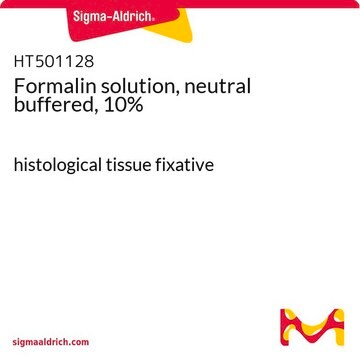33065
1-Butanol
puriss. p.a., ACS reagent, reag. ISO, reag. Ph. Eur., ≥99.5% (GC)
Sinónimos:
n-Butanol, Butyl alcohol
About This Item
Productos recomendados
grado
ACS reagent
puriss. p.a.
Nivel de calidad
Agency
USP/NF
reag. ISO
reag. Ph. Eur.
densidad de vapor
2.55 (vs air)
presión de vapor
5.5 mmHg
Ensayo
≥99.5% (GC)
Formulario
liquid
temp. de autoignición
649 °F
lim. expl.
11.2 %
impurezas
≤0.001% non-volatile matter
≤0.005% free acid (as C3H7COOH)
≤0.01% n-butylaldehyde
≤0.03% aldehydes, ketones (as C3H7CHO)
≤0.05% 2-butanol
≤0.1% di-n-butylether
≤0.1% water (Karl Fischer)
≤0.15% iso-butanol
índice de refracción
n20/D 1.399 (lit.)
pH
7 (20 °C, 70 g/L)
bp
116-118 °C (lit.)
mp
−90 °C (lit.)
densidad
0.81 g/mL at 25 °C (lit.)
trazas de catión
Al: ≤0.5 mg/kg
B: ≤0.02 mg/kg
Ba: ≤0.1 mg/kg
Ca: ≤0.5 mg/kg
Cd: ≤0.05 mg/kg
Co: ≤0.02 mg/kg
Cr: ≤0.02 mg/kg
Cu: ≤0.02 mg/kg
Fe: ≤0.1 mg/kg
Mg: ≤0.1 mg/kg
Mn: ≤0.02 mg/kg
Ni: ≤0.02 mg/kg
Pb: ≤0.1 mg/kg
Sn: ≤0.1 mg/kg
Zn: ≤0.1 mg/kg
cadena SMILES
CCCCO
InChI
1S/C4H10O/c1-2-3-4-5/h5H,2-4H2,1H3
Clave InChI
LRHPLDYGYMQRHN-UHFFFAOYSA-N
¿Está buscando productos similares? Visita Guía de comparación de productos
Descripción general
Aplicación
Otras notas
The article number 33065-6X1L-R will be discontinued. Please order the single bottle 33065-1L-R which is physically identical with the same exact specifications.
greener alternative product
Palabra de señalización
Danger
Frases de peligro
Consejos de prudencia
Clasificaciones de peligro
Acute Tox. 4 Oral - Eye Dam. 1 - Flam. Liq. 3 - Skin Irrit. 2 - STOT SE 3
Órganos de actuación
Central nervous system, Respiratory system
Código de clase de almacenamiento
3 - Flammable liquids
Clase de riesgo para el agua (WGK)
WGK 1
Punto de inflamabilidad (°F)
95.0 °F - Pensky-Martens closed cup
Punto de inflamabilidad (°C)
35 °C - Pensky-Martens closed cup
Elija entre una de las versiones más recientes:
¿Ya tiene este producto?
Encuentre la documentación para los productos que ha comprado recientemente en la Biblioteca de documentos.
Los clientes también vieron
Nuestro equipo de científicos tiene experiencia en todas las áreas de investigación: Ciencias de la vida, Ciencia de los materiales, Síntesis química, Cromatografía, Analítica y muchas otras.
Póngase en contacto con el Servicio técnico






